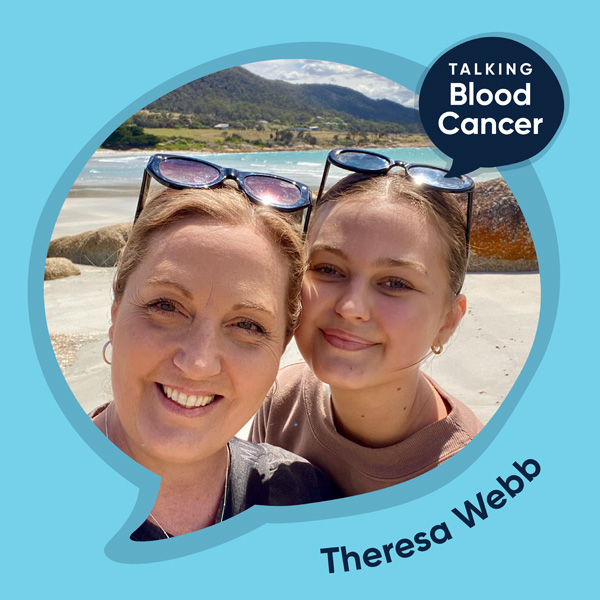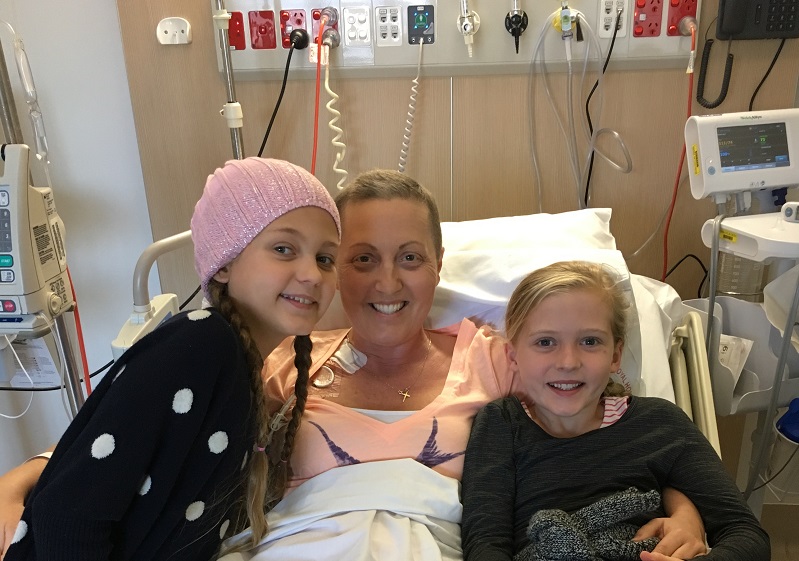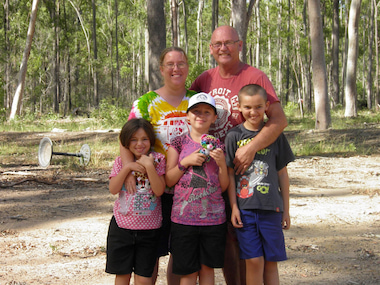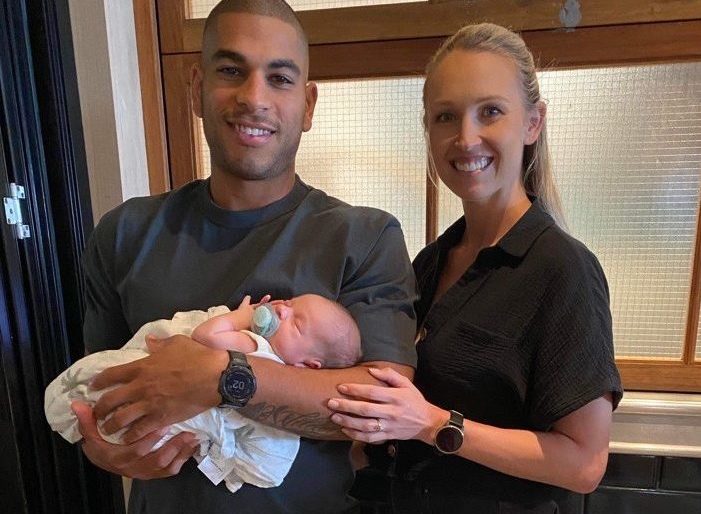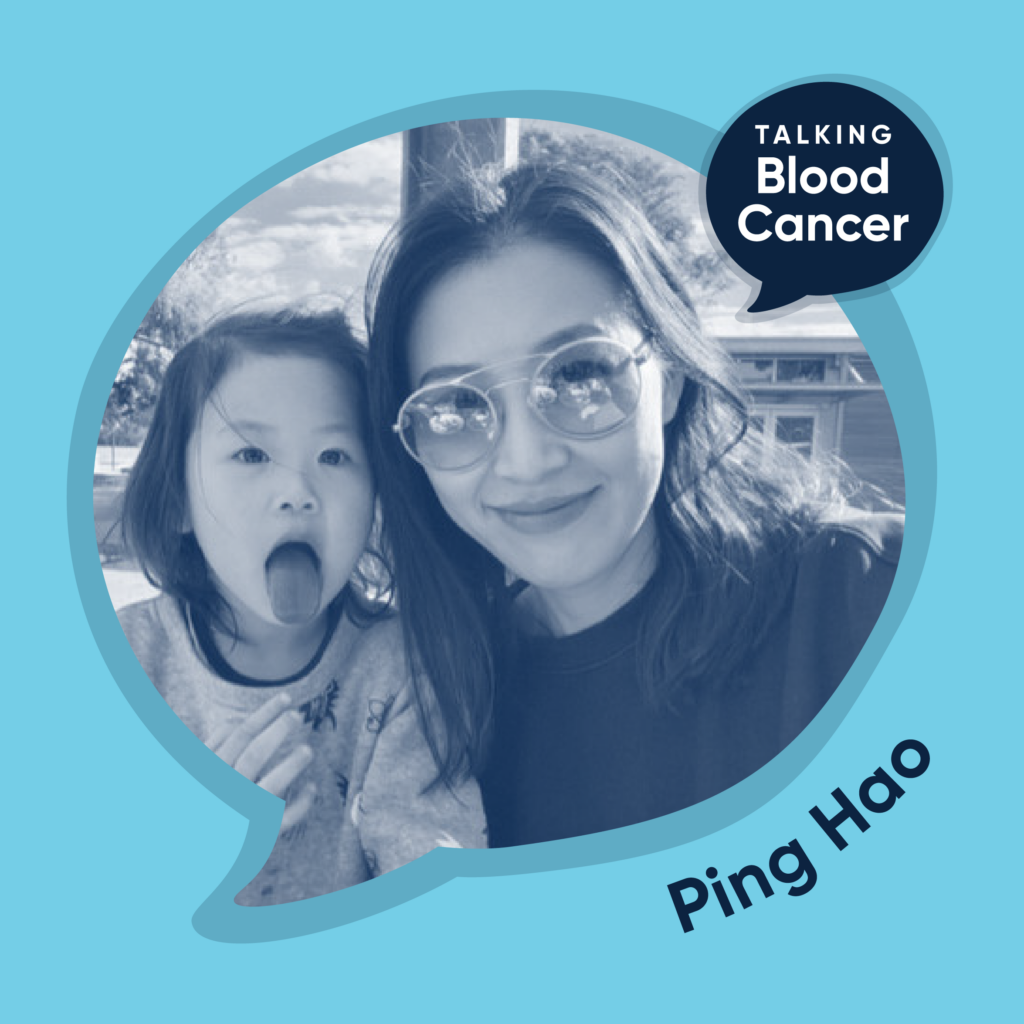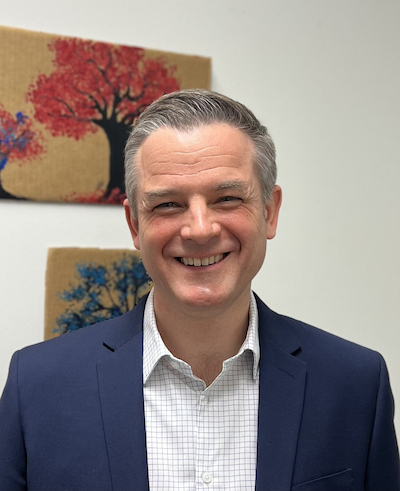Acute lymphoblastic leukaemia (ALL) is a type of cancer that affects the blood and bone marrow. ALL is characterised by an overproduction of immature white blood cells, called lymphoblasts or leukaemic blasts. Because the bone marrow is unable to make adequate numbers of red cells, normal white cells and platelets, people with ALL become more susceptible to anaemia, recurrent infections, and to bruising and bleeding easily. The blast cells can then spill out of the bone marrow into the bloodstream and accumulate in various organs including the lymph nodes (glands), spleen, liver and central nervous system (brain and spinal cord).
Acute lymphoblastic leukaemia: the basics
Types of ALL
The World Health Organisation uses a classification system for ALL. These different classifications include:
Pre-B-cell ALL
In between 75-80% of adult cases, ALL arises in B-lymphocytes in the early stages of development in the bone marrow. The disease is therefore called precursor B-cell ALL or Pre-B-cell ALL.
B-cell ALL
B-cell ALL arises in more mature developing lymphocytes. This type of ALL is less common accounting for around 3-5% of all adult cases. B-cell ALL is sometimes called Burkitt-like or Burkitt type ALL. People diagnosed with B-cell ALL are commonly treated with similar drugs to those used to treat Burkitt lymphoma.
T-cell ALL
In around 20-25% of cases, ALL arises in developing T-cells. This type of ALL can be further classified as early, mid or late, depending on the maturity of the affected cell. T-cell ALL commonly presents with a high white blood cell count and involvement of the central nervous system at diagnosis.
How common is ALL?
More than 300 adults and children are diagnosed with ALL each year in Australia.
What are the symptoms of ALL?
The main symptoms of ALL are caused by a lack of normal circulating blood cells. ALL develops quickly, so people are usually only unwell for only a short period of time (it could be days, or weeks) before they are diagnosed.
Common symptoms of ALL can include:
- anaemia due to a lack of red cells. Anaemia can cause persistent tiredness, dizziness, paleness, or shortness of breath when physically active.
- frequent or repeated infections and slow healing, due to a lack of normal white cells, especially neutrophils
- increased or unexplained bleeding or bruising, due to a very low platelet count
- bone and/or joint pain as a result of the marrow being overcrowded with leukaemic cells.
Other symptoms may include swollen lymph nodes (glands), chest pain and abdominal discomfort due to a swollen spleen or liver.
Occasionally people have no symptoms and ALL is diagnosed during a routine blood test. Some of these symptoms described may also be seen in other illnesses, including viral infections, so it is important to see your doctor so that you can be examined and treated properly.
What causes ALL?
The exact causes of ALL remain largely unknown but it is thought to result from mutations in one or more of the genes that normally control blood cell development. This mutation will result in abnormal growth.
Research is going on all the time into possible causes of this damage, and certain factors have been identified that may put some people at an increased risk. These include exposure to:
- very high doses of radiation either accidentally (nuclear accident) or therapeutically (to treat other cancers)
- industrial chemicals like benzene, pesticides, and certain types of chemotherapy used to treat other cancers
- certain types of viral infections and the way in which the immune system reacts may play a role in the development of some types of ALL
- people with certain genetic disorders like Down’s syndrome and Fanconi’s anaemia may have a higher than average risk of developing ALL.
Who gets ALL?
ALL can occur at any age but is more common in young children (0-14 years) who represent close to 60% of all cases. ALL is the most common type of childhood leukaemia, and the most common childhood cancer. It is more common in males than females.
The characteristics of ALL differ greatly between children and adults. These days with treatment, the majority of children with ALL can be cured of their disease. In adults, cure rates are more variable.
Developed by the Leukaemia Foundation in consultation with people living with a blood cancer, Leukaemia Foundation support staff, haematology nursing staff and/or Australian clinical haematologists. This content is provided for information purposes only and we urge you to always seek advice from a registered health care professional for diagnosis, treatment and answers to your medical questions, including the suitability of a particular therapy, service, product or treatment in your circumstances. The Leukaemia Foundation shall not bear any liability for any person relying on the materials contained on this website.
